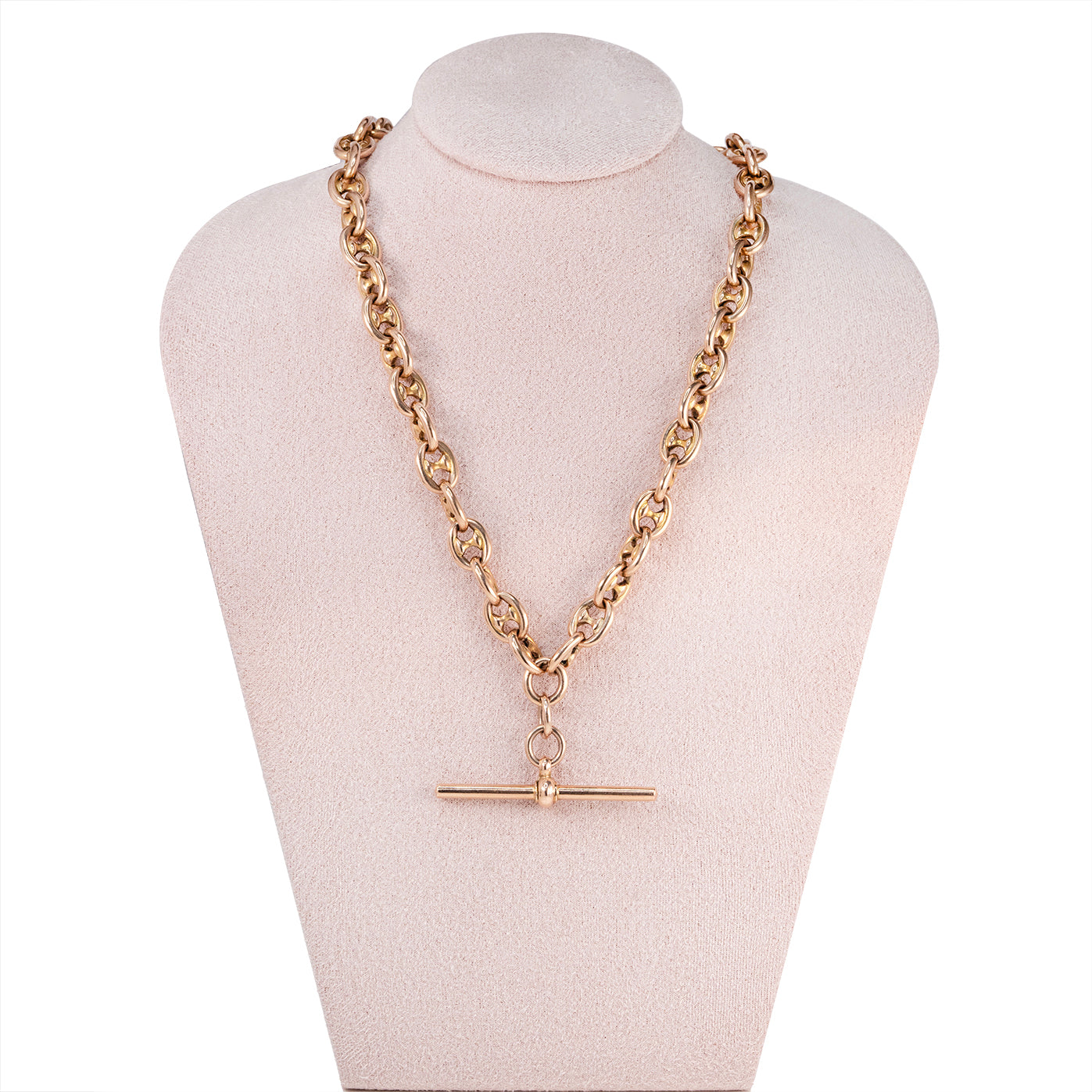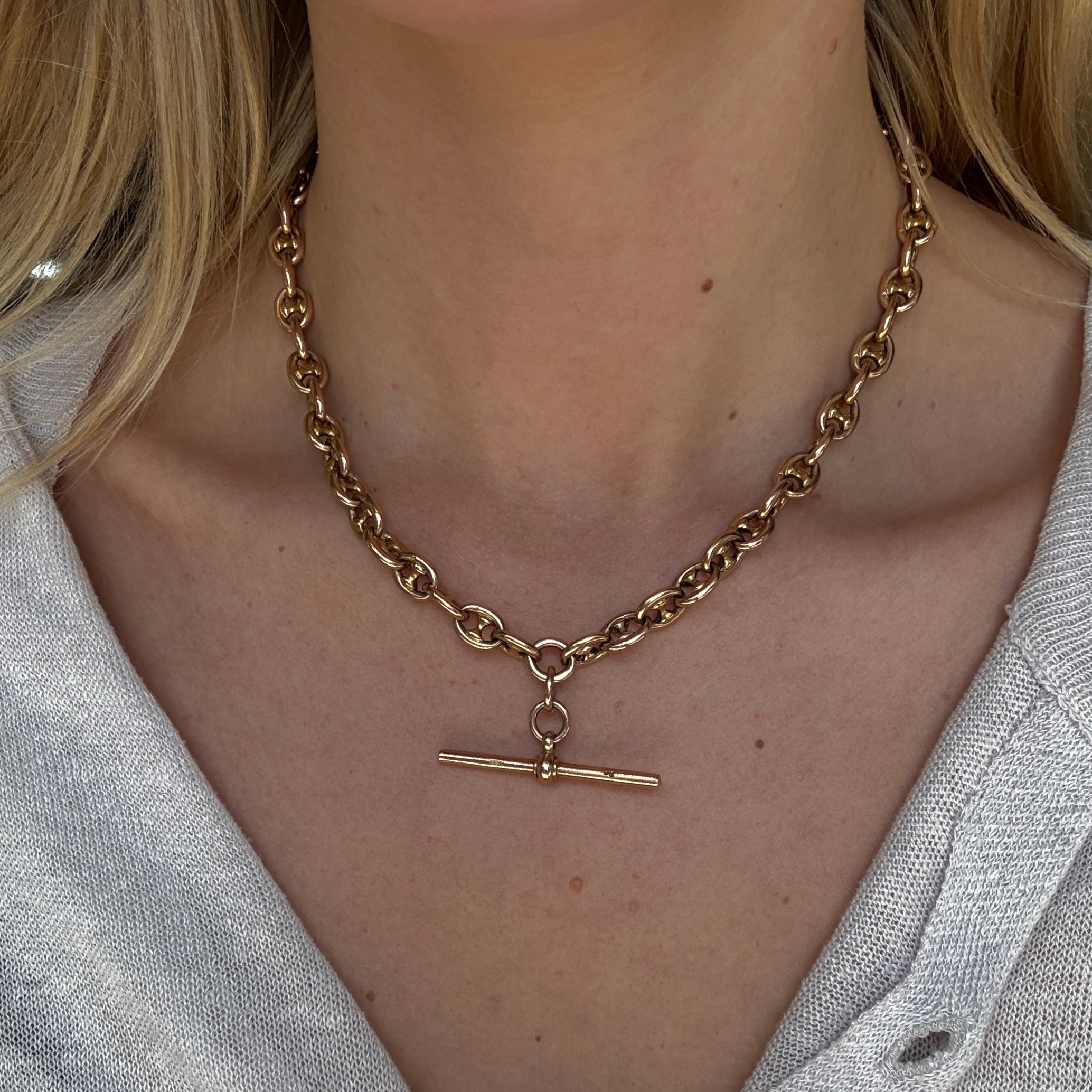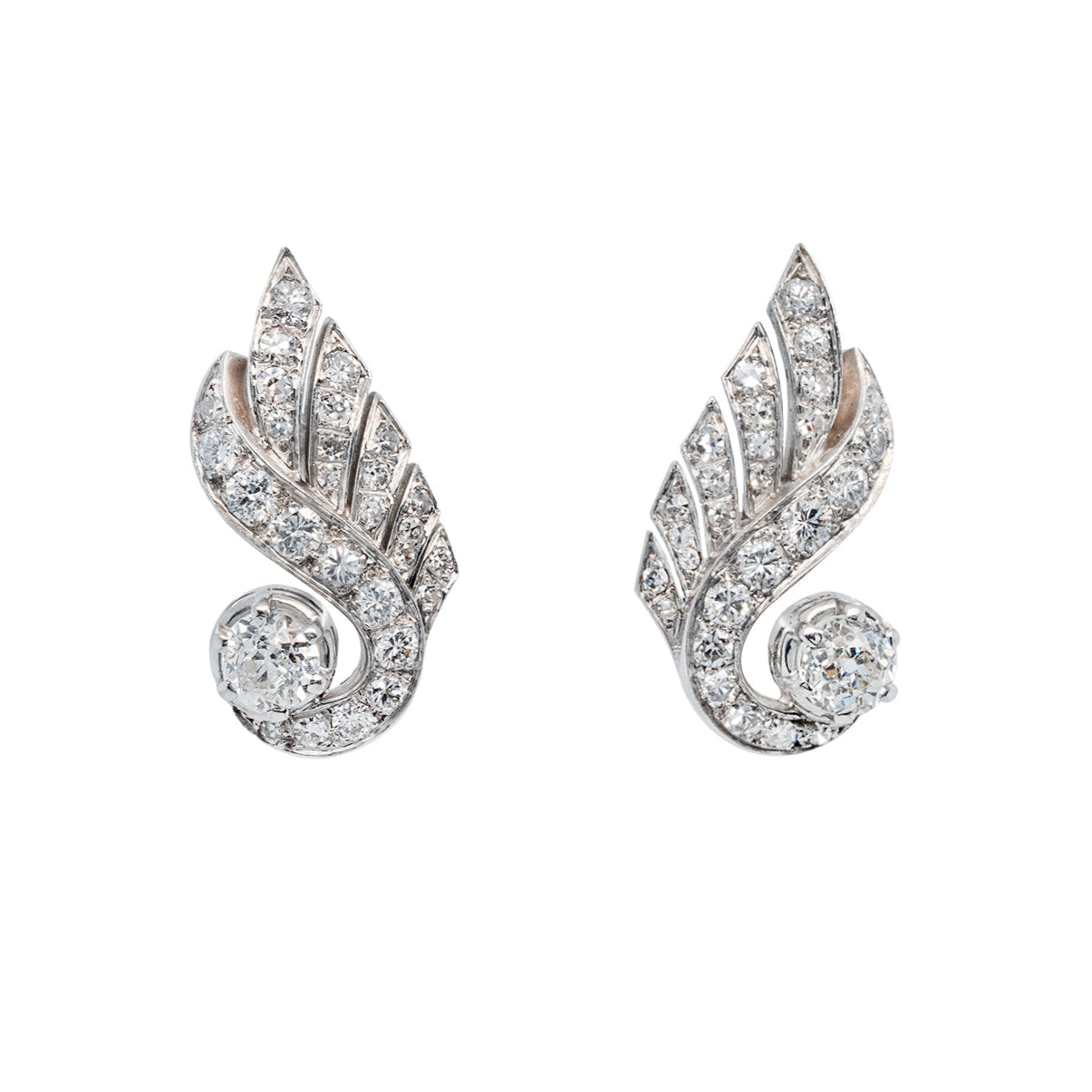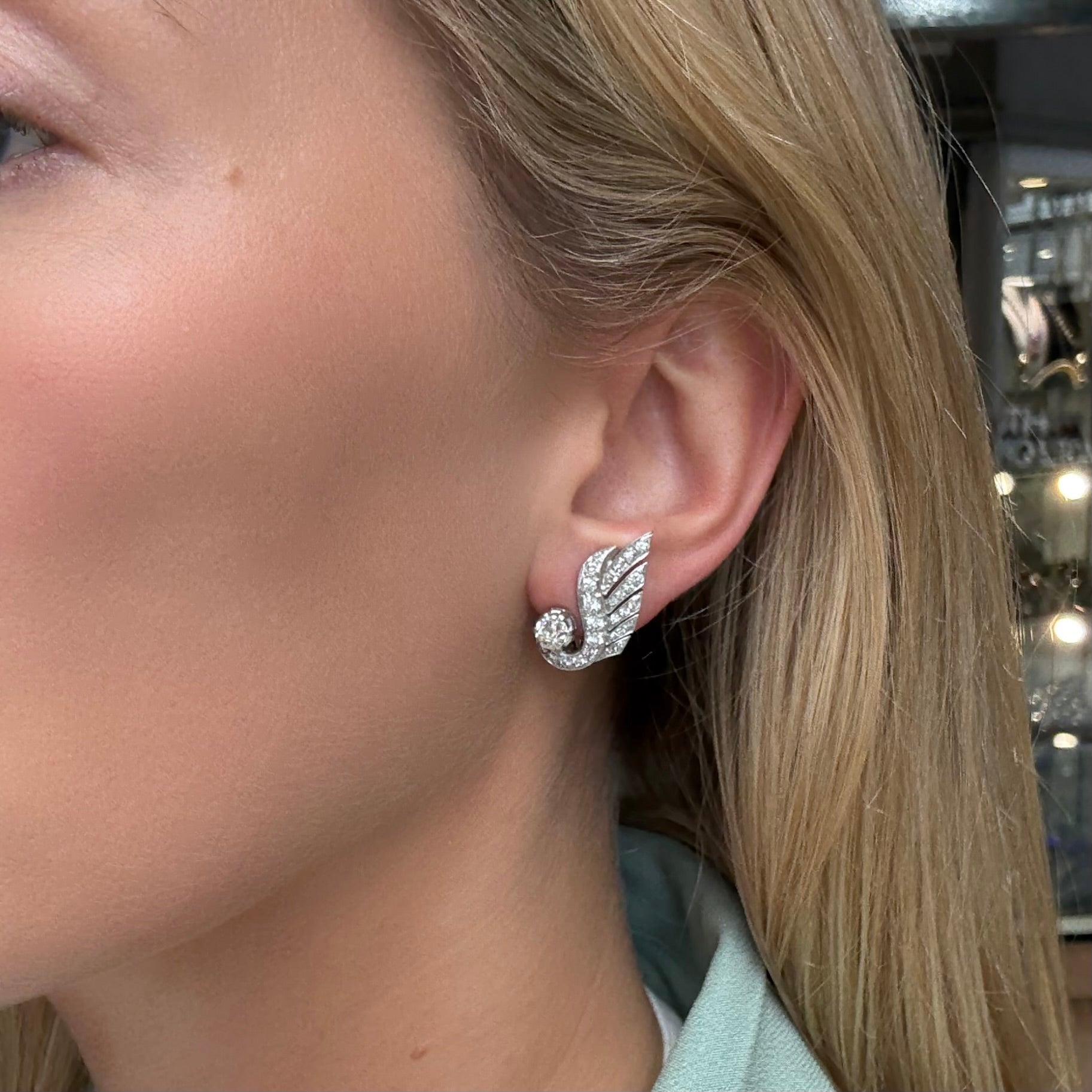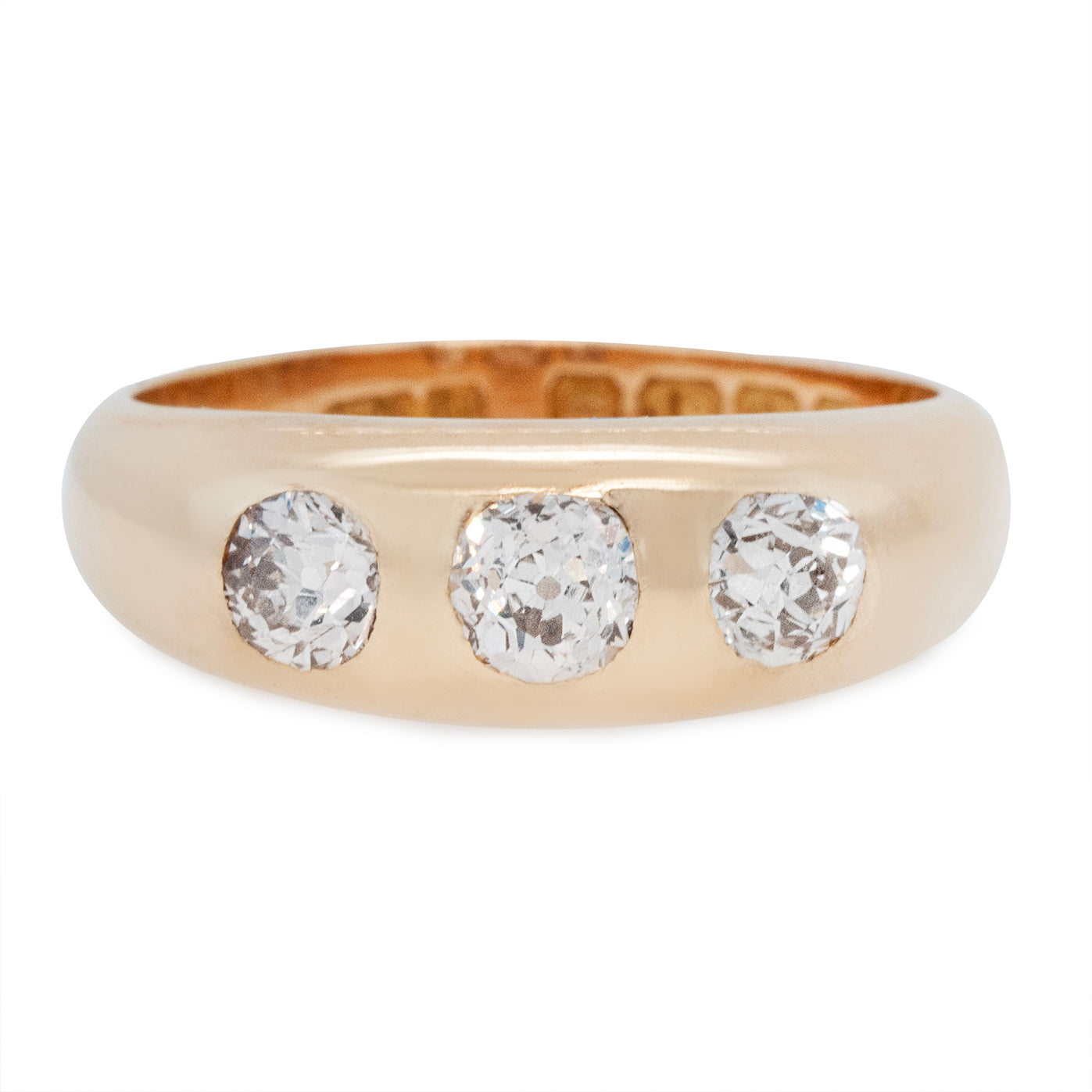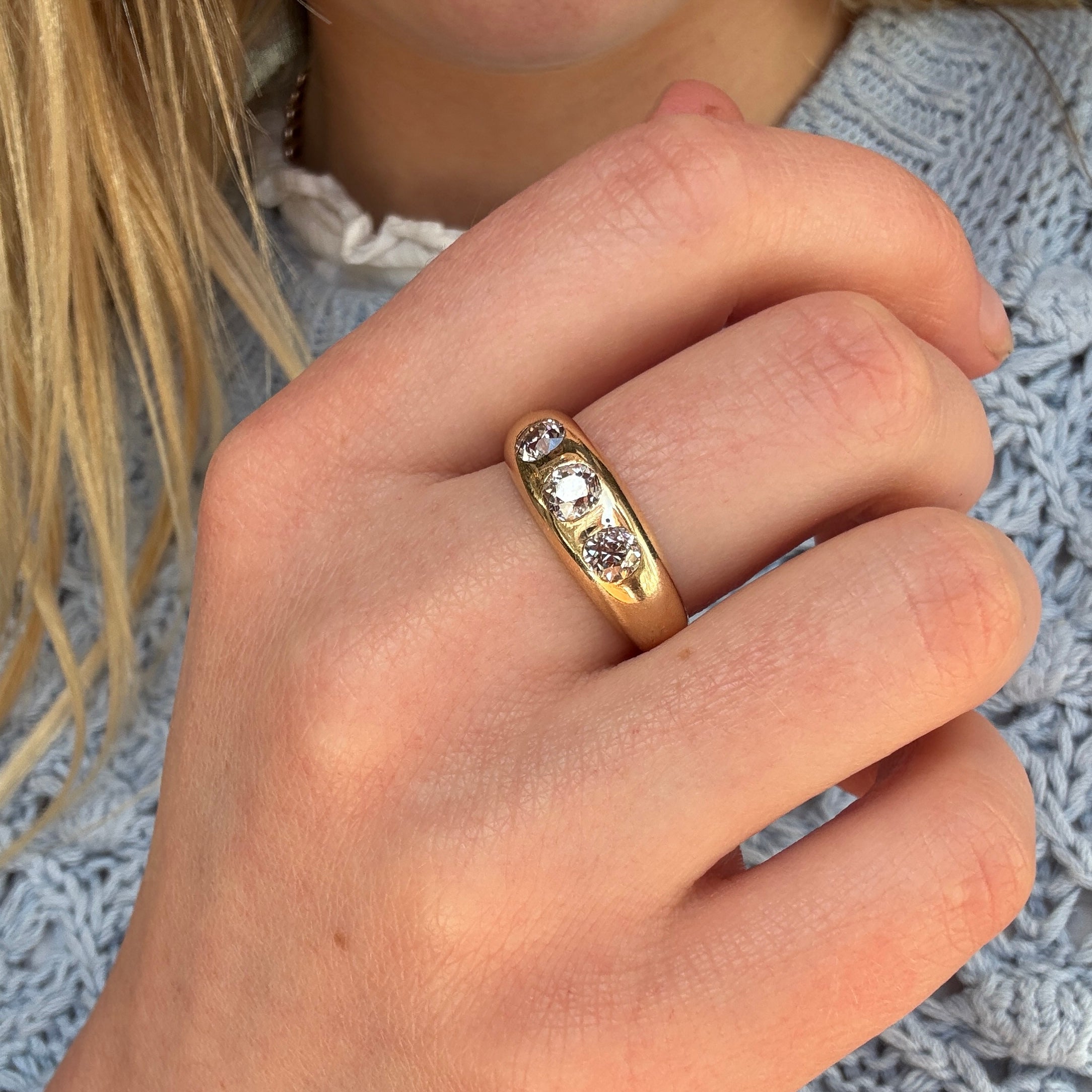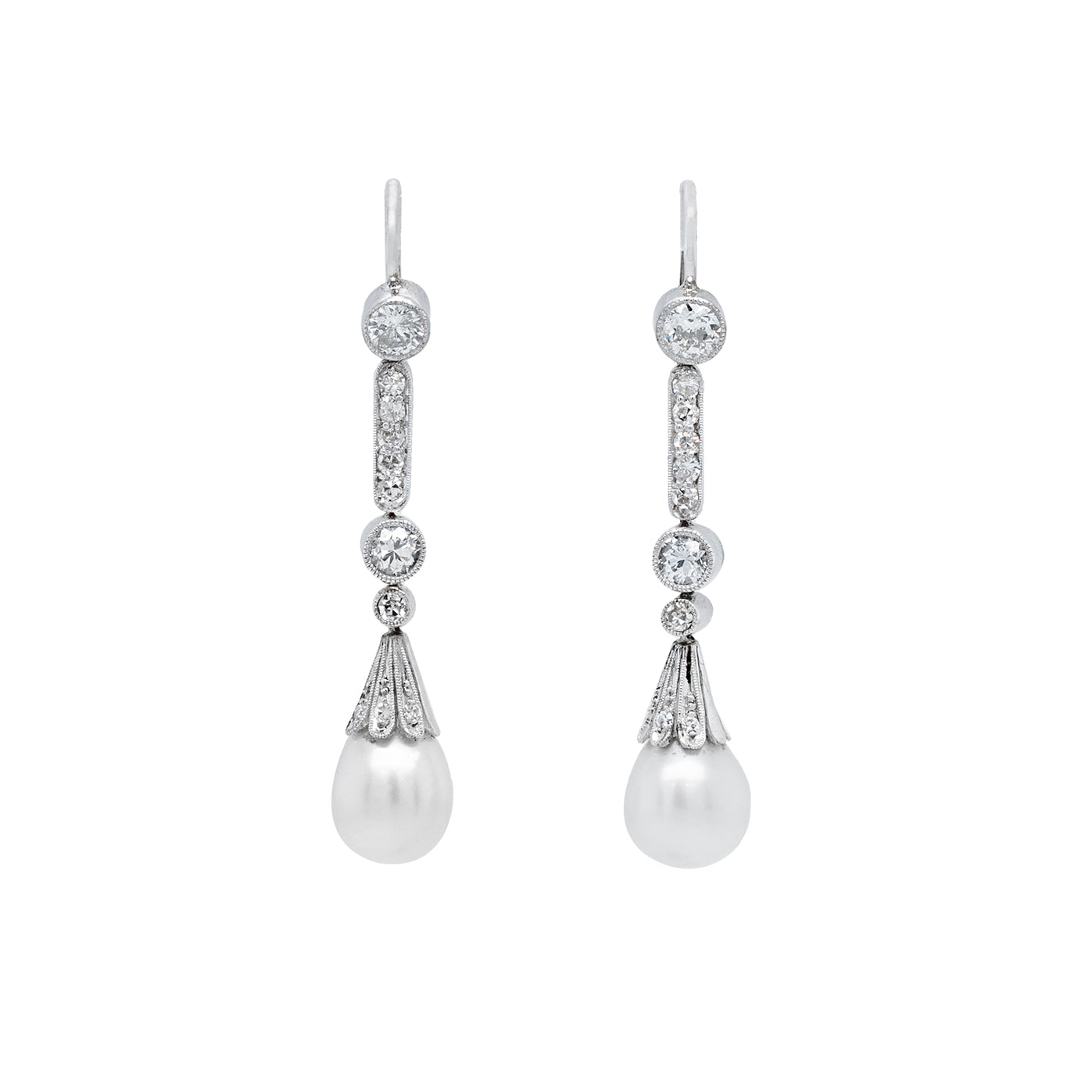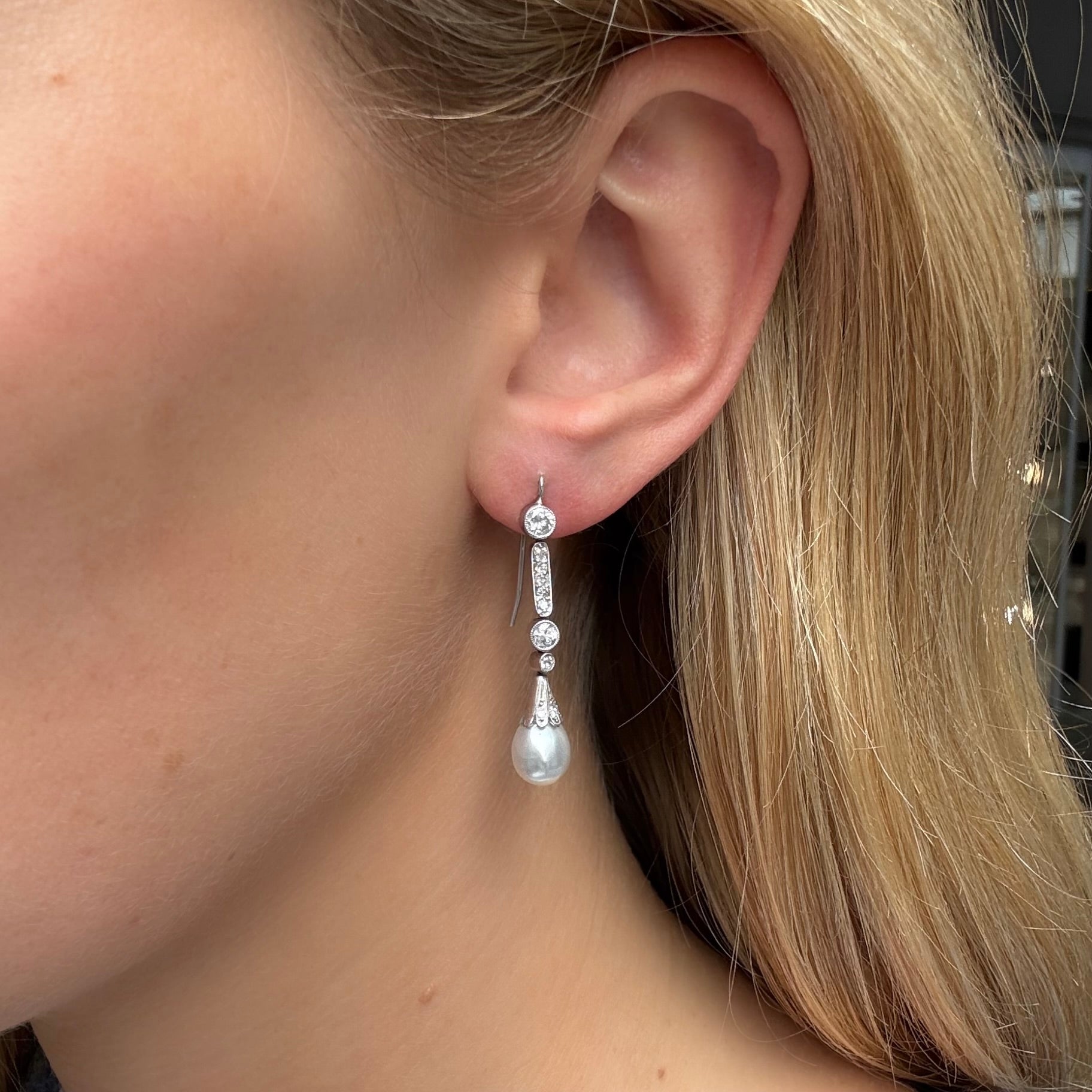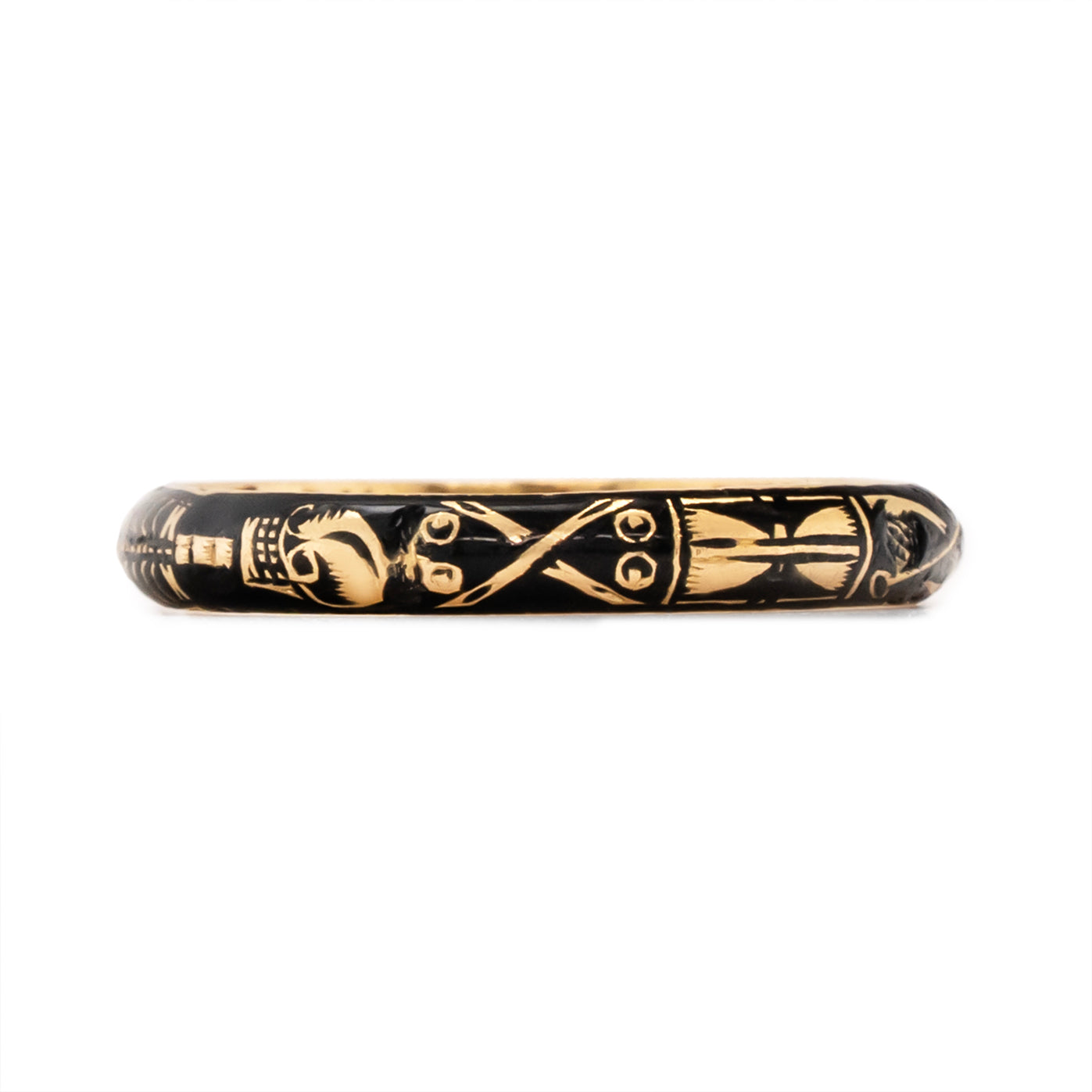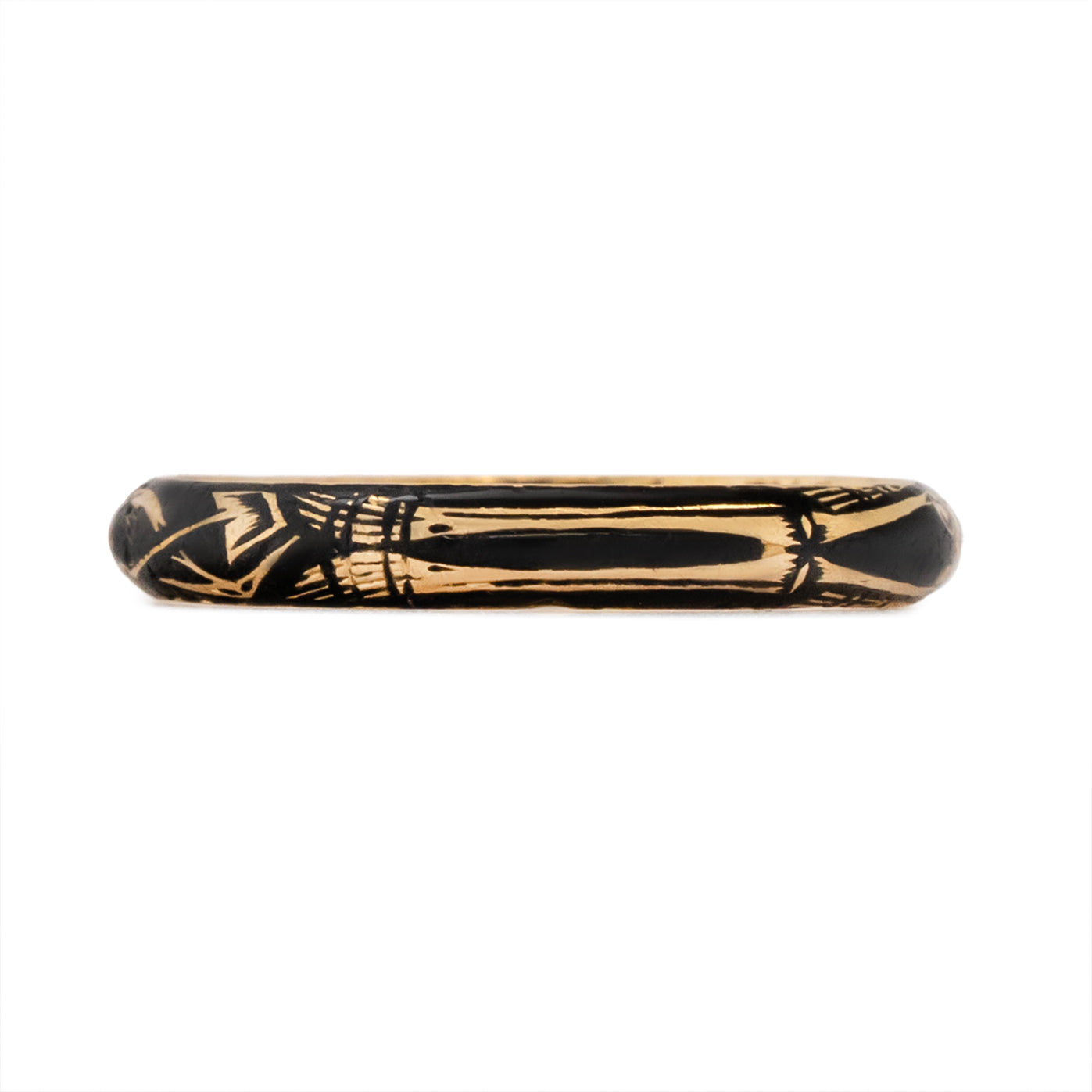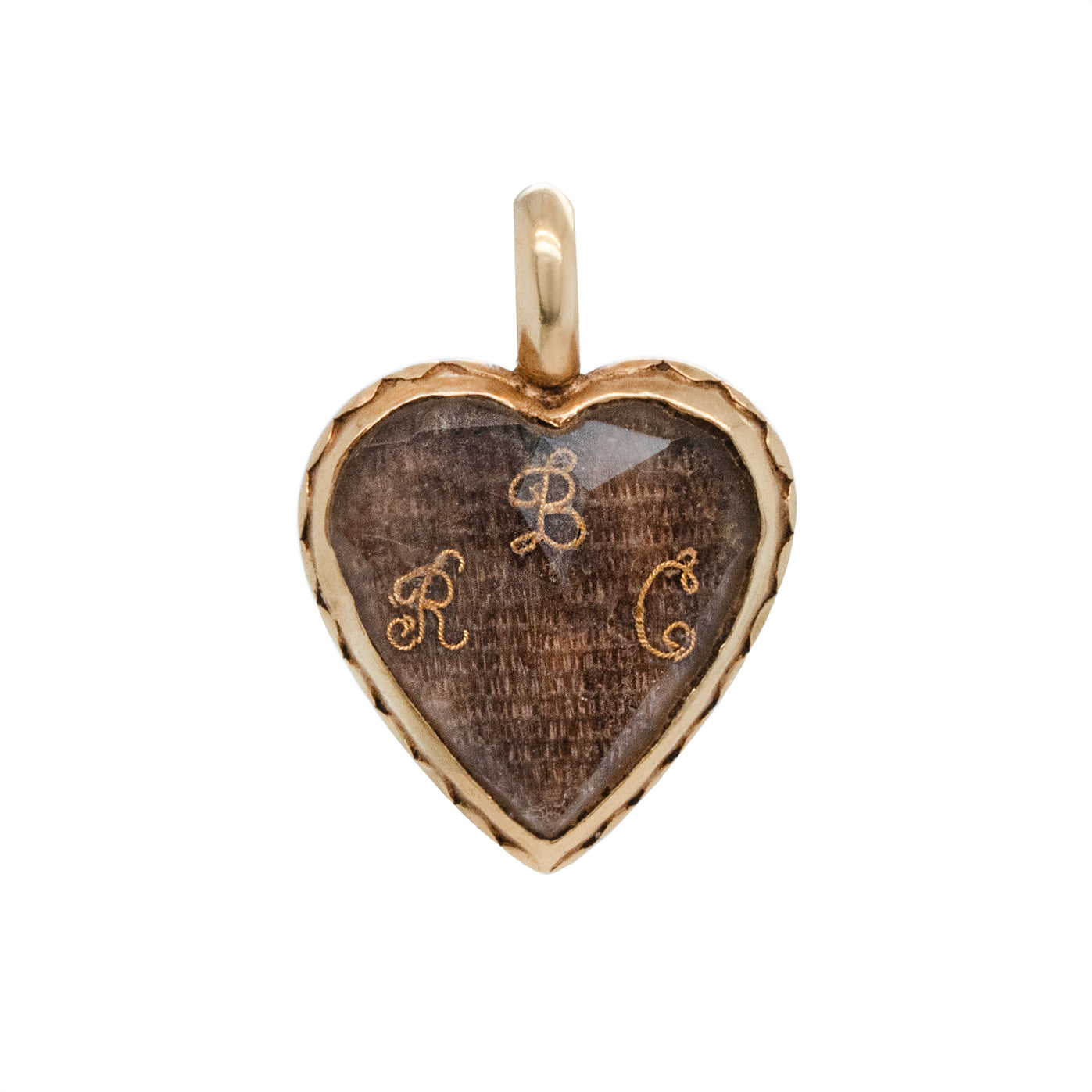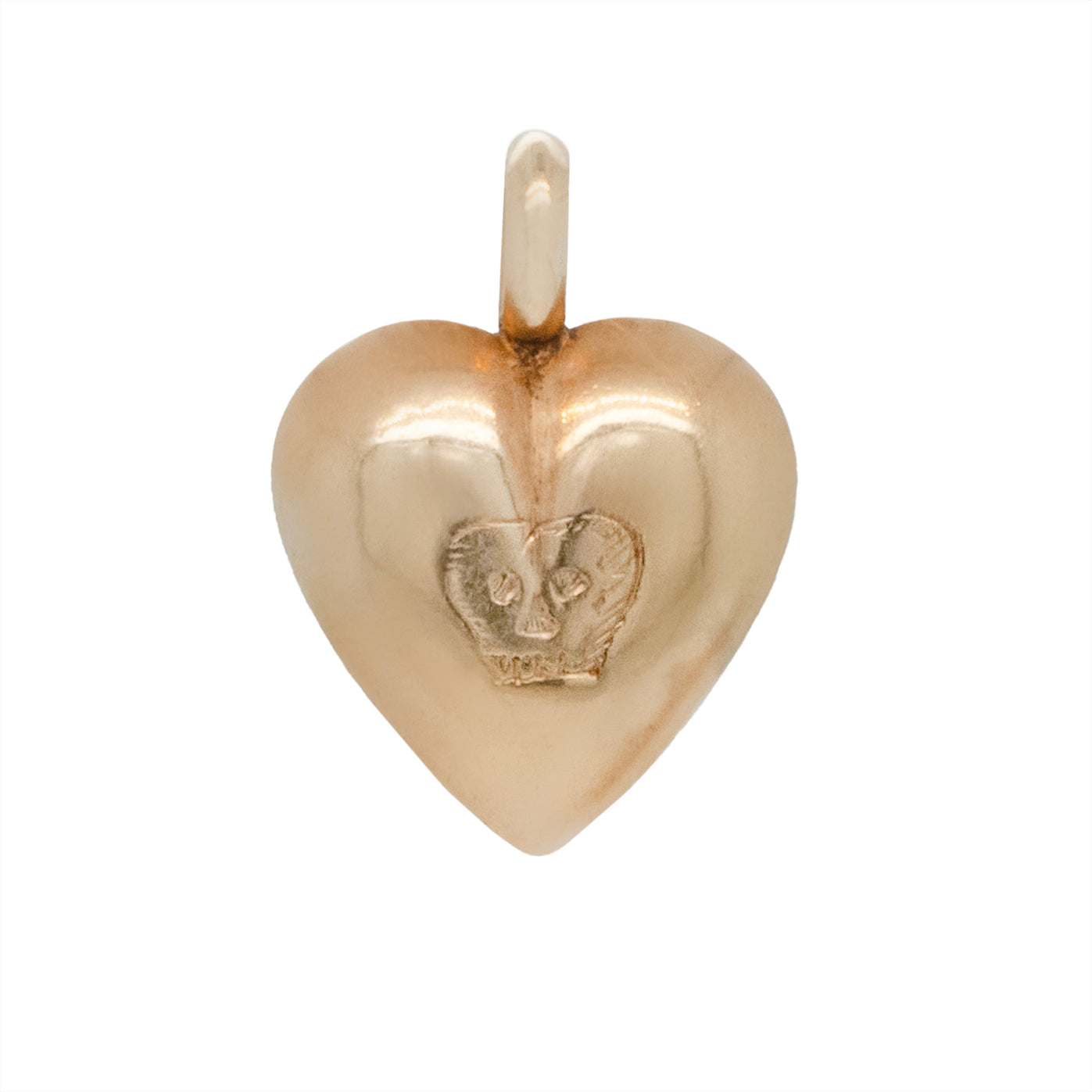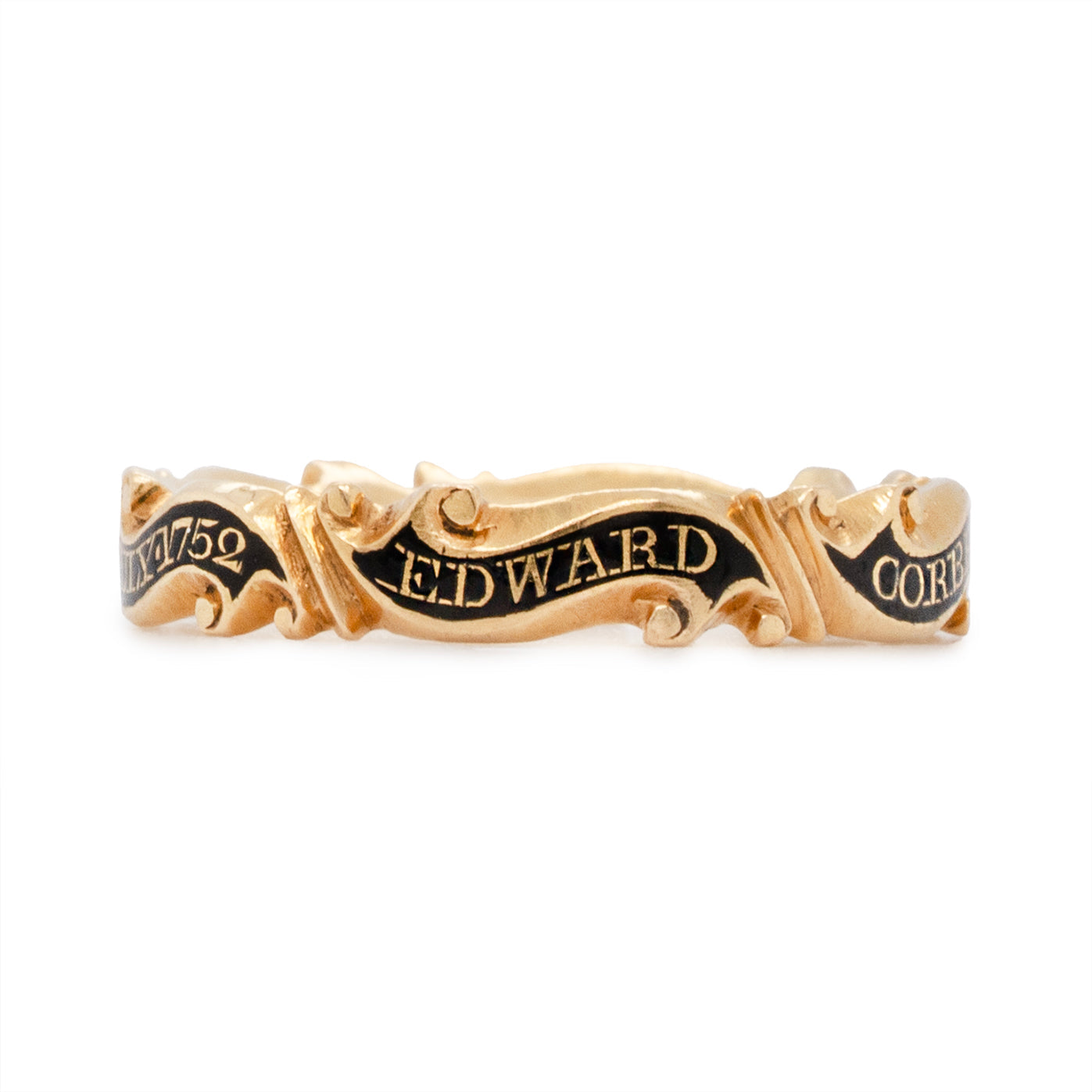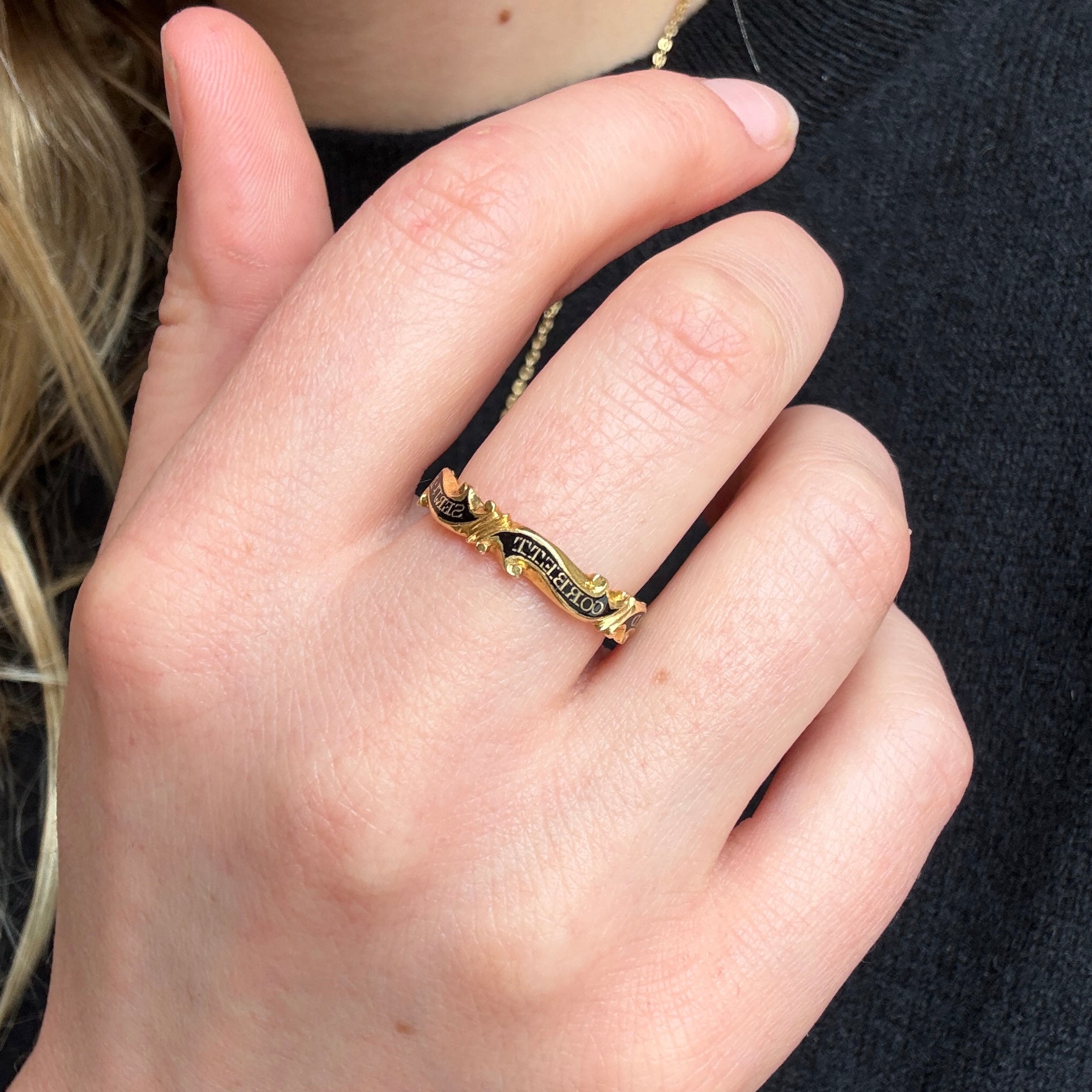Mourning jewellery in the Victorian era (1837-1901) was a unique and elaborate form of personal ornamentation worn to express grief and commemorate the dead. It became especially popular after the death of Prince Albert, Queen Victoria's husband, in 1861. Queen Victoria's deep mourning and her lifelong devotion to Albert led to a widespread fashion for mourning attire and jewellery across British society, which influenced mourning customs throughout Europe and America.
Victorian mourning jewellery was rich with symbolism, often featuring motifs that conveyed grief, mortality, and eternal life:
- Skulls, skeletons, and coffins: A reminder of the inevitability of death, known as "memento mori" symbols, which were common in earlier mourning traditions but became subtler in Victorian pieces.
- Weeping willows: Trees were often engraved or depicted in jewellery, representing sorrow and the mourning process.
- Urns: A symbol of death and the vessel of the soul, urns were a frequent motif on brooches and rings.
- Angels and cherubs: Represented the soul’s ascent to heaven.
-
Flowers:
- Lilies: Represented purity.
- Roses: Symbolised eternal love.
- Forget-me-nots: Symbolised remembrance.
- Pearls: Represented tears, often used in rings and brooches.
Types of Mourning Jewellery:
- Brooches and lockets: These were perhaps the most common forms of mourning jewellery. Lockets would often contain a photograph or a lock of hair from the deceased, worn close to the heart. Brooches were often inscribed with the name or death date of the deceased or had hair woven into their design.
- Rings: Mourning rings were often engraved with the name and age of the deceased. They could also incorporate small amounts of hair in intricate patterns.
- Bracelets and necklaces: These might include strands of woven hair from the deceased or feature jet beads and mourning symbols.
- Earrings: Jet earrings, often in the shape of teardrops, became quite fashionable.
Design:
- Hair-work: Many pieces incorporated the hair of the deceased or a loved one, often woven into elaborate patterns or encased in glass.
- Symbols: Common motifs included urns, weeping willows, and angels, which were symbols of mourning and remembrance.
- Cameos and Intaglios: Some pieces featured cameos or intaglios with sentimental scenes or symbols.
The mourning process had specific phases, and the jewellery worn during these times reflected the stage of mourning. For example, deep mourning required more somber and elaborate pieces, while half mourning could include lighter, less somber designs.
Victorian mourning jewellery served both a personal and social function. It allowed individuals to visibly demonstrate their grief and keep the memory of their loved ones close. It also reflected societal expectations and norms surrounding mourning during the Victorian period.
